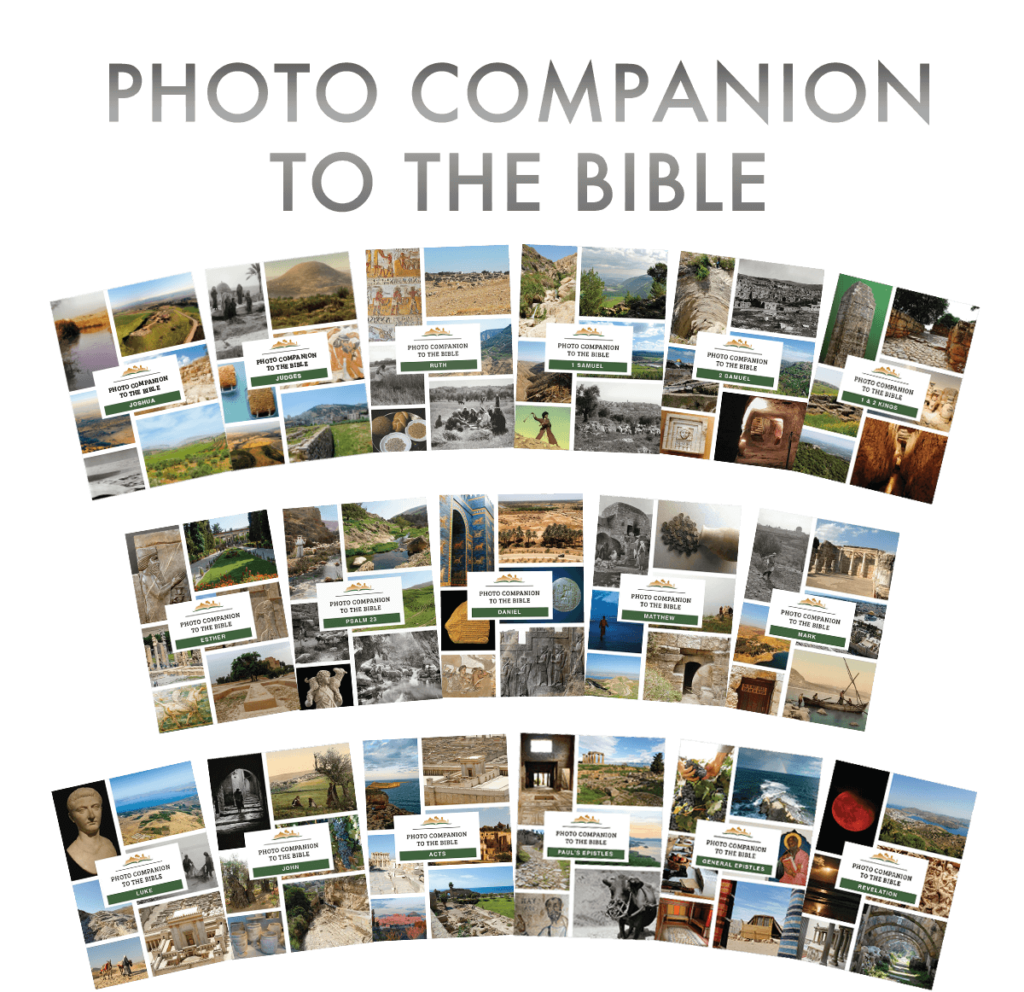The Tower of David Museum in Jerusalem reopened on June 1 after a $50 million renovation. The Times of Israel explains what’s new.
The Israeli government has approved spending more than $100 million in the next five years on various projects in Jerusalem, including on excavations in the Western Wall Tunnels and the City of David National Park.
To judge from this recent promo video, Israel’s Ministry of Tourism is seeking a different kind of tourist. This video also seems to embody the adage that advertising is another form of lying.
The IAA discovered three ossuaries in a Roman-period burial cave near Kafr Kanna (Cana) that had recently been looted.
A traffic stop near Ramallah led to the discovery of dozens of 10th Roman Legion floor tiles that had recently been illegally excavated.
Israeli police arrested a suspect in possession of dozens of coins illegally excavated in Jerusalem, including a rare coin from the reign of Antigonus Mattathias II.
A three-week operation led to the capture of thieves illegally excavating a Roman-Byzantine site near Nazareth.
The latest volume of the Journal of the Ancient Near Eastern Society includes articles on 1 Samuel 5, the Gezer Calendar, the altar at Tel Dothan, and the story of Dinah. Articles are open-access.
Preprints for a festschrift for Tallay Ornan are available on Academia.
New release: Pushing Sacred Boundaries in Early Judaism and the Ancient Mediterranean: Essays in Honor of Jodi Magness (Brill, $211)
New release: History of Ancient Israel, by Christian Frevel (SBL, $75)
On pre-order sale at Logos: “A Virtual Walk Through the Land of the Bible,” by Charlie Trimm
Logos has just released The New Encyclopedia Of Archaeological Excavations In The Holy Land.
Logos has a sale on The New Moody Atlas of the Bible this month ($10).
Rafael Frankel, retired archaeologist from the University of Haifa, died last week. Some of his publications can be seen here.
Weston Fields, longtime managing director of the Dead Sea Scrolls Foundation, died on May 25. A list of his publications can be seen here.
HT: Agade, Joseph Lauer, Arne Halbakken, Ted Weis, Alexander Schick, Explorator
The viewing area for the Broad Wall in Jerusalem will be transformed once they complete construction of these new walkways. Amazing that it took 50 years to get around to this.



